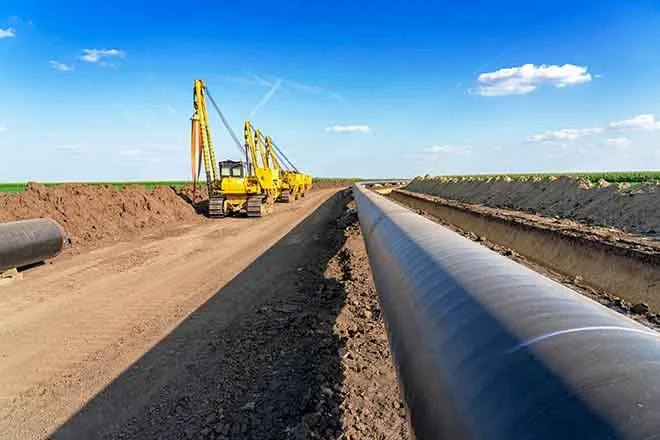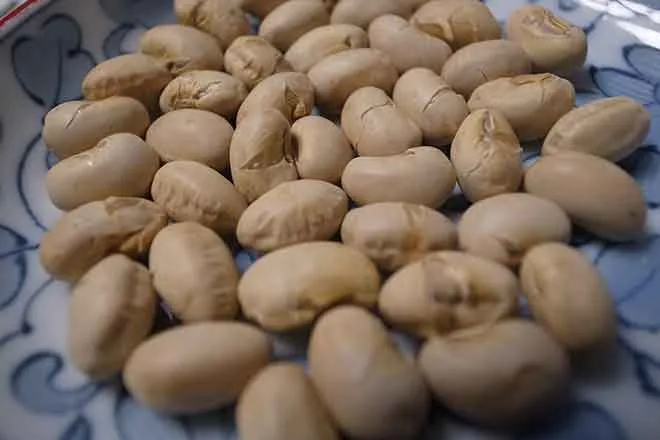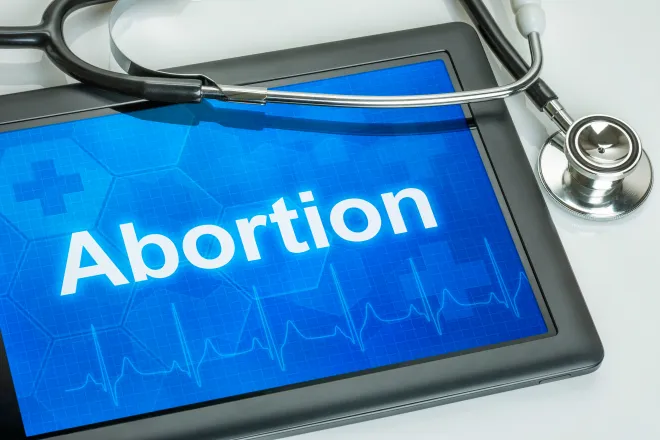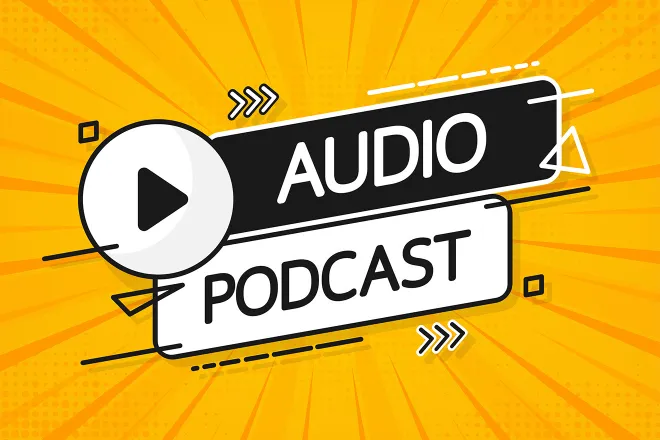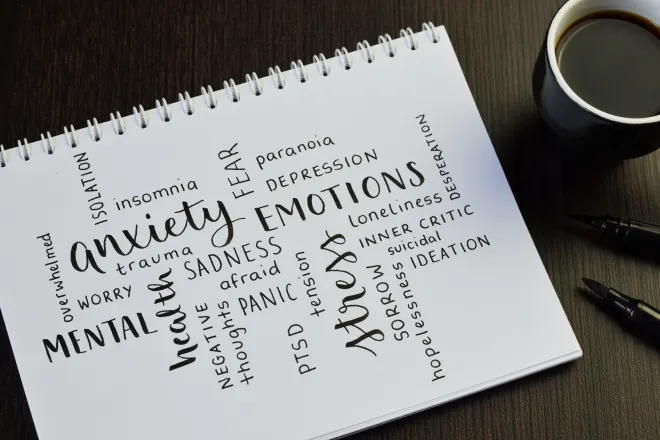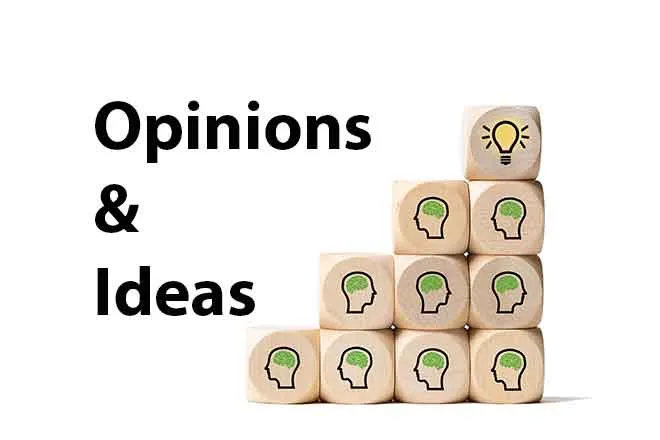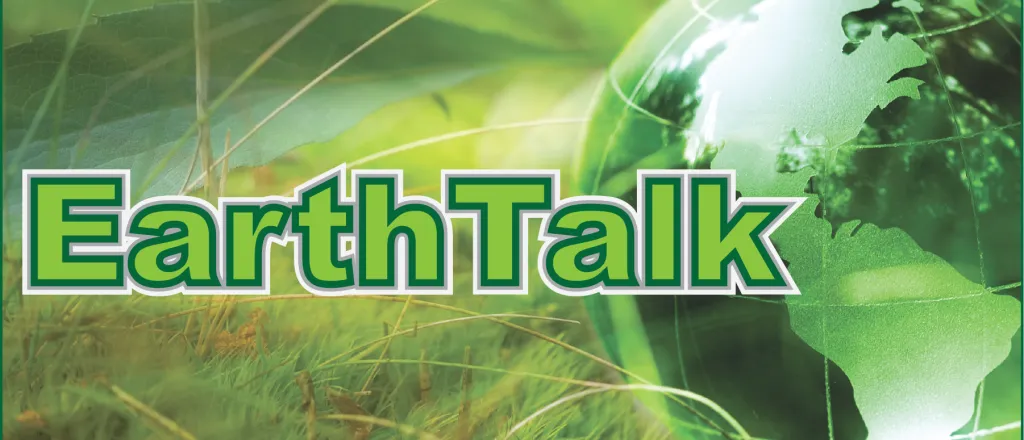
EarthTalk – Is artificial turf bad for our health and/or the environment?
©
Dear EarthTalk:
Can you set the record straight about whether artificial turf is actually bad for our health and/or the environment?
Beth R., Summitt, NJ
Artificial turf fields have been rising in popularity as a low-maintenance (no mowing or watering) alternative to natural grass; North America has over 18,000 synthetic fields, and 1,500 are added annually. Marketed as durable and green-looking year-round, it is also becoming known for its controversial health effects, with cities like Boston, Massachusetts, already enacting bans.
Artificial turf consists of layers: plastic blades at the surface, backing to hold the blades in place, and infill for cushioning and upright support. Carcinogenic chemicals such as heavy metals and volatile organic compounds have been found in the crumb rubber infill made from recycled car tires that is used. The U.S. Environmental Protection Agency (EPA) confirmed the presence of benzene, arsenic, lead and more in the fill. Mount Sinai identified similar chemicals in “safer” crumb rubber alternatives made from plastic, virgin rubber and plant-based materials. Exposure to these harmful chemicals may occur by ingestion, absorption or inhalation, with children at highest risk because of faster breathing and developing organs.
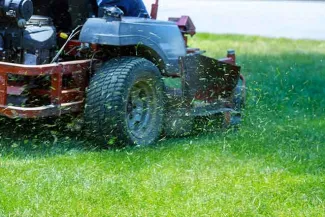
© iStock - photovs
Many turf chemicals are soluble in water, allowing them to enter groundwater and soil when precipitation occurs. PFAS, often referred to as “forever chemicals,” have been found in wetlands near synthetic fields, suggesting their ability to contaminate surrounding environments. The plastic components of synthetic fields also lead to microplastic pollution, with estimates of around two tons of it being released into the environment yearly and 20,000 fibers entering waterways daily.
Artificial turf can also have other negative effects: It retains more heat, creating hazardous surface temperatures that can reach 200°F and contribute to local heat islands. As a result, they often require water for irrigation to keep surface temperatures low. While natural grass has the ability to oxygenate the air around us, capture carbon and reduce runoff, synthetic blades are unable to reap these environmental benefits. Lasting only eight to 10 years, it must be disposed of, further contributing to pollution.
However, there is still a lack of research regarding this topic, with most focusing on crumb rubber. Many scientific questions remain to be answered, such as how children can be exposed to chemicals through oral and dermal routes. The evidence that we currently have is limited, with most studies unable to link synthetic turf use to actual health outcomes. Until these gaps in our understanding are filled, the chemical dangers of synthetic playing fields will remain uncertain.
Experts are divided, with Yale epidemiologist Vasilis Vasiliou stating, “I would not recommend parents let their children play on there. Period.” For those who do use artificial turf, precautions include ventilating indoor fields, showering after play, and vacuuming infill that enters your house. Be cautious of labels like “organic,” “green,” or “eco” because they do not guarantee safety and aren’t regulated for turf products. Instead, choose transparent companies and ask the manufacturer for a full list of components, as Safety Data Sheets don’t disclose all chemicals.
CONTACTS
- Environmental and health impacts of artificial turf: a review, https://pubmed.ncbi.nlm.nih.gov/24467230/.
EarthTalk® is produced by Roddy Scheer & Doug Moss for the 501(c)3 nonprofit EarthTalk. See more athttps://emagazine.com. To donate, visit https://earthtalk.org. Send questions to: question@earthtalk.org.


